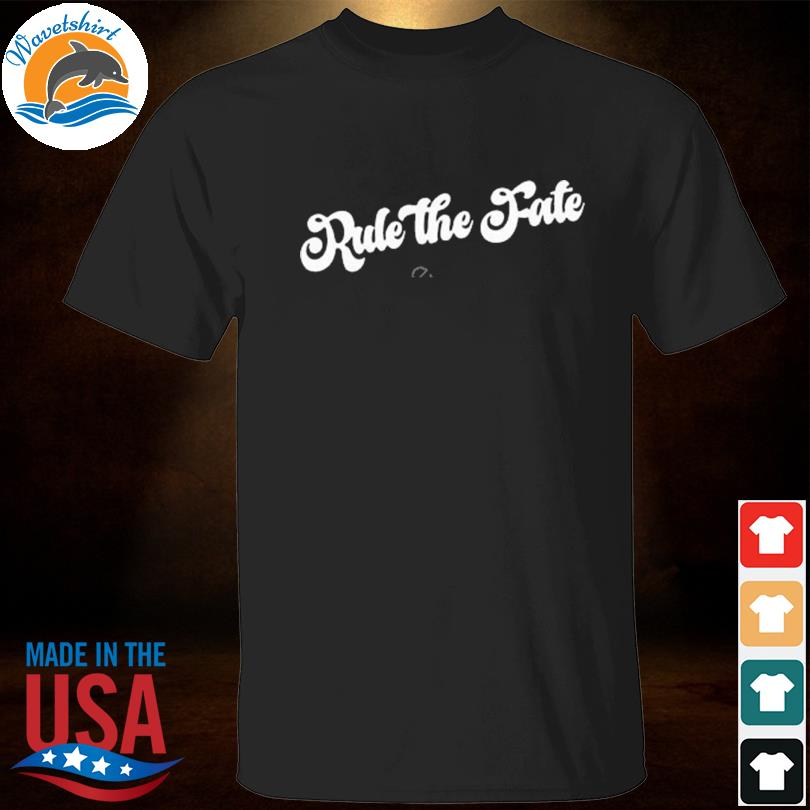Wavetshirt - Rule the fate logo shirt
- wavetshirt store
- Apr 22, 2023
- 2 min read
Buy this shirt: https://wavetshirt.com/product/rule-the-fate-logo-shirt/
That was the Rule the fate logo shirt so you should to go to store and get this memorable season the designer appeared on the runway proudly wearing a t-shirt that read IMMIGRANT, surrounded by an all-gender cast of South Asian and Black models wearing his vivid adaptations of Indian lehenga skirts, dupatta shawls, kurta tunics, and saris. These pieces, and his whole body of work now stand fully contextualized in a film showing how Gupta works between London and Delhi; and a glorious set of posters recently shot against lush green gardens in Mumbai with the Indian fashion photographer Ashish Shah, commissioned by the gallery. The chance to see things up close for the first time also amplifies his activism and glorification of textile crafts — the factors that create a link with William Morris’ socialist championing of skilled hand-workers against the exploitative practices of Victorian mass-manufacturing. Seeing the psychedelic detail of his work from inches away is to realize, for example, that what you always assumed was a knitted crochet cardigan is actually millions of tiny flower-like whorls of sequins embroidered onto gauze. “This is the thing,” he laughs. “In a runway show, you can’t tell that every sequin is sewn on, one by one, by hand, in Delhi. When I started, I had three people working in my mother’s kitchen. Now we have our own team of forty embroiderers.”That’s an education in itself — and by happenstance, one more addition to the current international explosion of interest in the couture-level marvels of Indian crafts that has taken off with Hamish Bowles’ “India in Fashion” exhibition and the Dior show in Mumbai. “There used to be this whole kind of snobbery, a looking down a little bit [about the production in India],” Gupta observes. In fact, the country annually exports embroideries worth about £200 million globally. “It’s interesting to see how fashion is moving so quickly on that now.”

Go in close, and you’ll understand both how the Rule the fate logo shirt so you should to go to store and get this designer uses traditional Indian techniques such as mirror-embroidery or precious gold-thread zardozi-work, and how he subtly skews the multi-colored power of sequins to land his political-satirical liberationist commentaries. Amongst them are blue sequin-covered ripped jeans, held by models toting imitations of British supermarket plastic carrier bags. One had a very familiar high street logo, reversed to read S&M. Stuffed into it was a copy of The Sun tabloid newspaper with a headline blaring ‘Rishi in School Gender Row.’ ‘Rishi,’ meaning Rishi Sunak, the current UK prime minister, whose parents are of Indian descent. The ‘gender row,’ being the violent politicization of Trans rights currently going on. “That one’s for real,” Gupta says. “That headline came out on the day we opened the exhibition.”
Home: https://wavetshirt.com/




Comments